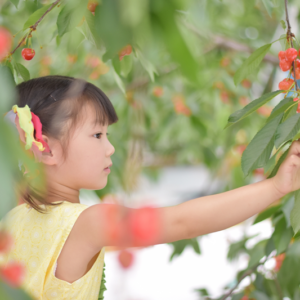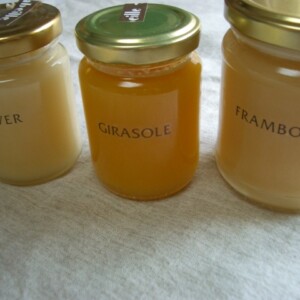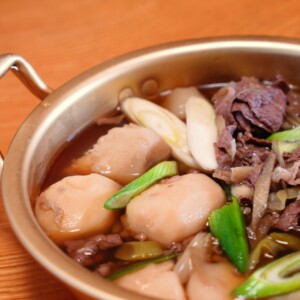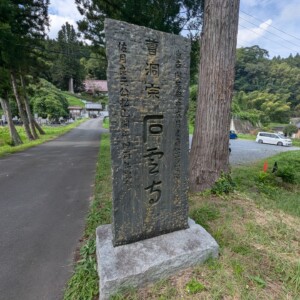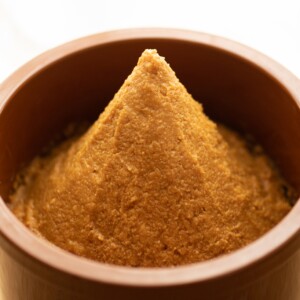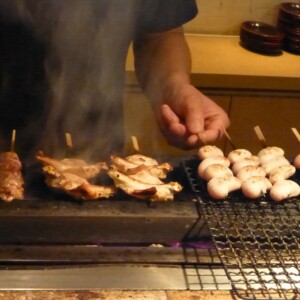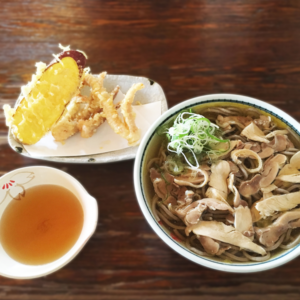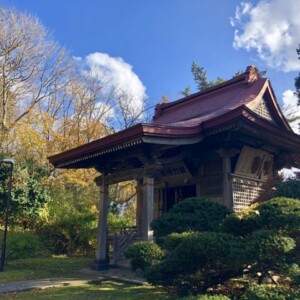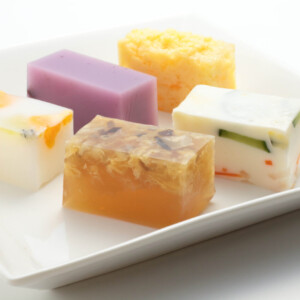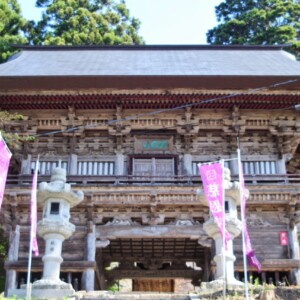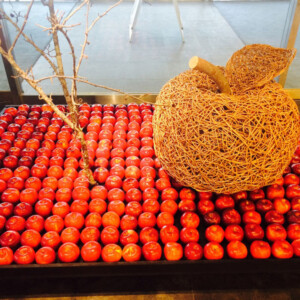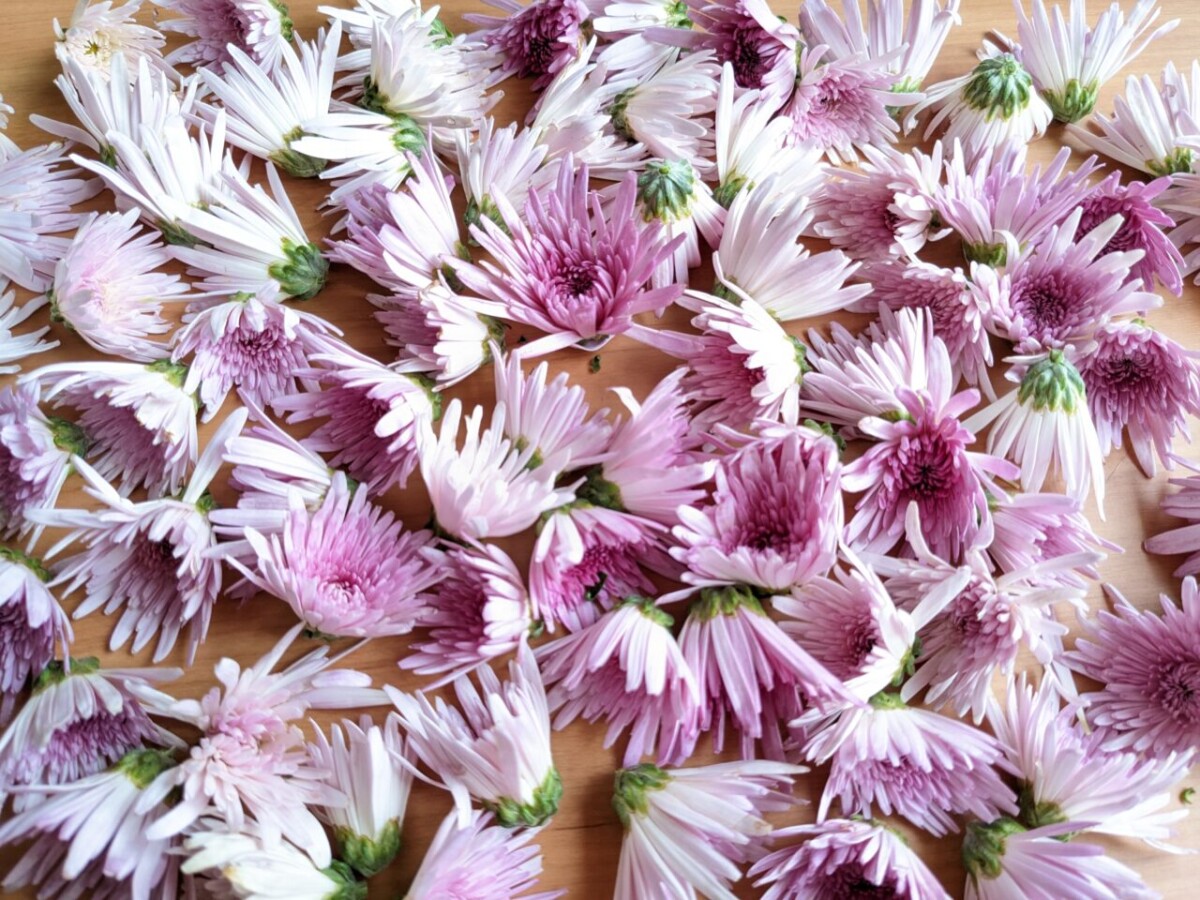
Eating the flowers used in crests is "a special thing" | Enjoy autumn ingredients! [Yamagata Prefecture]
table of contents
Autumn of harvest, autumn of appetite? One of the many delicious autumn ingredients is chrysanthemums.
Do you eat chrysanthemum flowers? It may not be popular nationwide. It is a well-known sight to see chrysanthemums attached to sashimi.
However, in the Okitama region of Yamagata Prefecture, dishes using chrysanthemums often appear on the autumn table .
We will introduce you to the origin of the name edible chrysanthemums, how to eat them, and the deliciousness and efficacy of edible chrysanthemums, which are so loved that they are even grown at home.
Please read to the end.
What do you mean by “extraordinary”? Do you eat flowers?
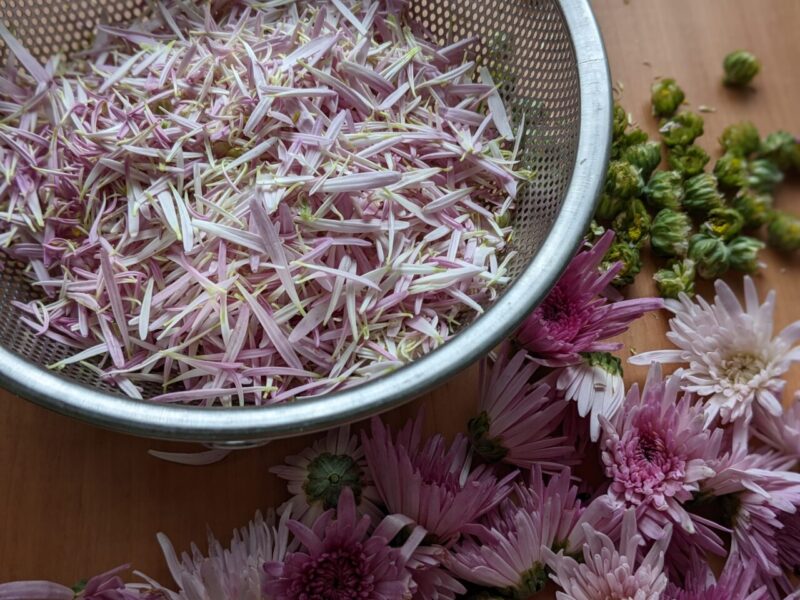
What is the origin of the name?
It is not clear when the name ``Motte no other'' came to be called ``Motte no other'' or ``Motte chrysanthemum' ' because eating the Imperial family's emblem [Chrysanthemum crest] was ``too scary.'' It seems that it has become like this.
The official name of this variety is Enmeiraku The name suggests good luck, so it's only natural that you'll want to eat it.
Since when has it been eaten?
Yamagata Prefecture still has a culture of eating edible chrysanthemums as a local dish, but its history is said to have been around the end of the Edo period.
Over a long period of time, breeding has progressed and there are now many different varieties, including varieties that have the unique bitterness of chrysanthemums, but have a mild sweetness.
Introducing how everyone eats ``Motteno other''!
Edible chrysanthemums such as pink become more colorful when boiled with a little vinegar. If you boil it quickly and rinse it with running water, it will boil surprisingly well.
Chrysanthemums are bittersweet, so it is easy to eat when mixed with spinach or cabbage.
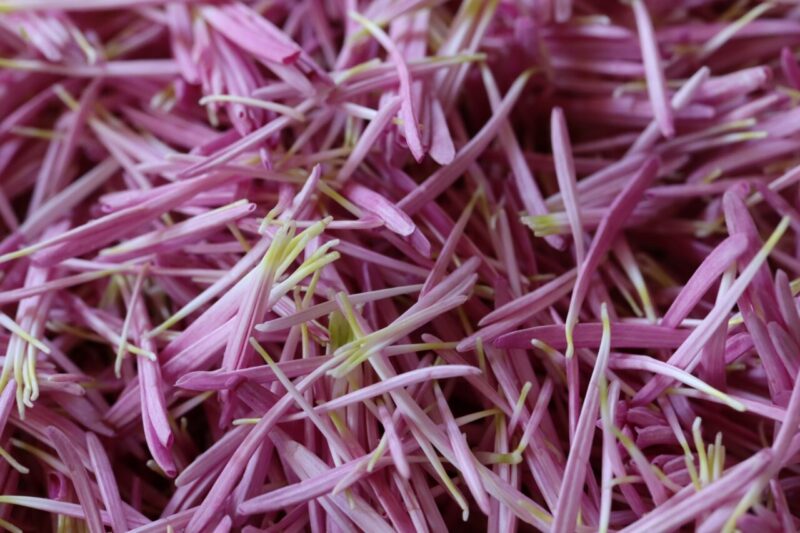
Only the petals of chrysanthemums are eaten.
Remove the sepals from the flowers, scatter the petals, and cook. It is often boiled and eaten with hot sauce, but it is also useful in a variety of arranged dishes.
The color and texture of carpaccio will whet your appetite!
Boiled and pickled in sweet vinegar, ``Motte no other'' is an accent to salads! This is a great item for women.
The chrysanthemum and nameko salad is also good. Sake seems to be going well! Yamagata Prefecture has many delicious local sakes, so sake cups are popular during the long autumn nights.
Is there anything good about eating chrysanthemums? What is the efficacy?

In September , when chrysanthemum flowers begin to bloom, the Chongyo Festival is known as the yearly festival, January 1st, March 3rd, May 5th and July 7th, and the final one is September 9th. It is generally said to be the day to ward off evil spirits.
In the Okitama region, there is a custom of offering sake and offerings to Yashiki Myojin (the god who protects the mansion and land) on the 9th, 19th, and 29th of September, called Mikunichi. .
What are the effects of chrysanthemum flowers?
Edible chrysanthemums contain a lot of vitamin E. Vitamin E has an antioxidant effect, suppresses the action of active oxygen, and helps prevent aging.
Furthermore, it is rich in vitamin C, so it can be expected to be good for your skin .
You'll often see it served with sashimi, and there's a reason for it. Chrysanthemums contain a detoxifying substance called glutathione, which is why they are added to sashimi, which is eaten raw.
Chrysanthemum flowers also have the effect of lowering blood pressure, so it might be a good idea to pickle them in sweet and sour sauce and use them as a palate break every meal.
Are there different types of edible chrysanthemums?
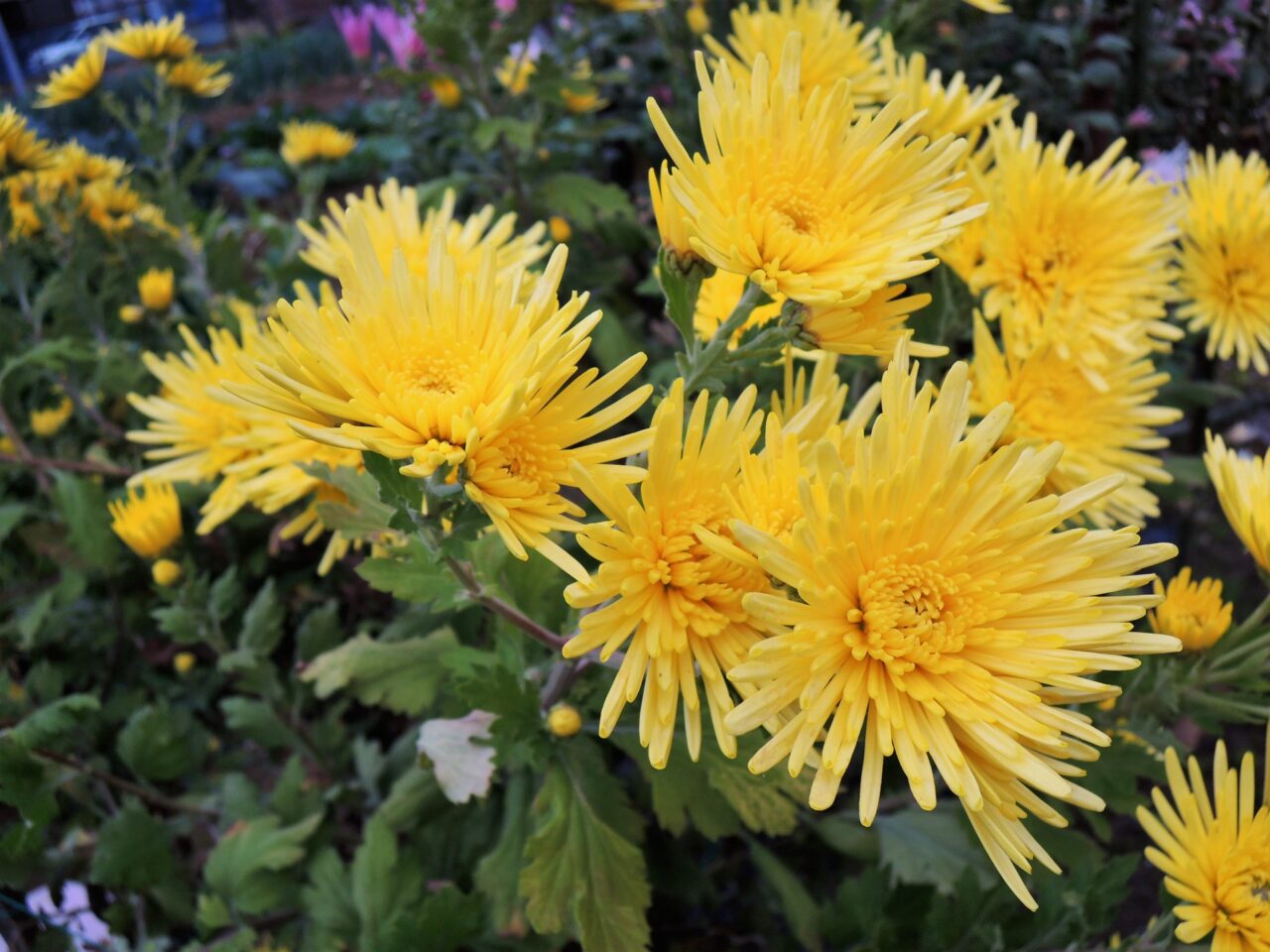
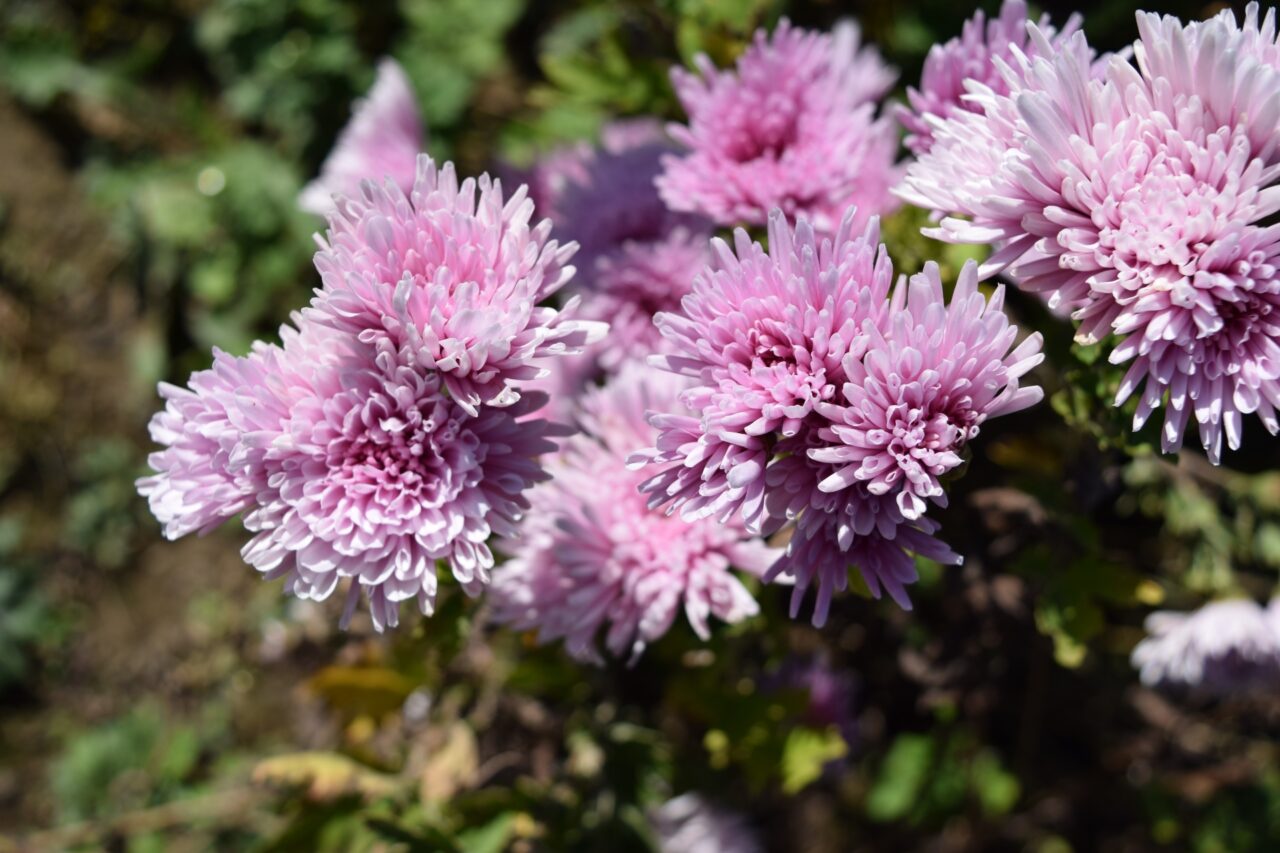
It's so beautiful! Yamagata Prefecture seems to be at the top in consumption of edible chrysanthemums. You can also mix yellow chrysanthemums with pink chrysanthemums!
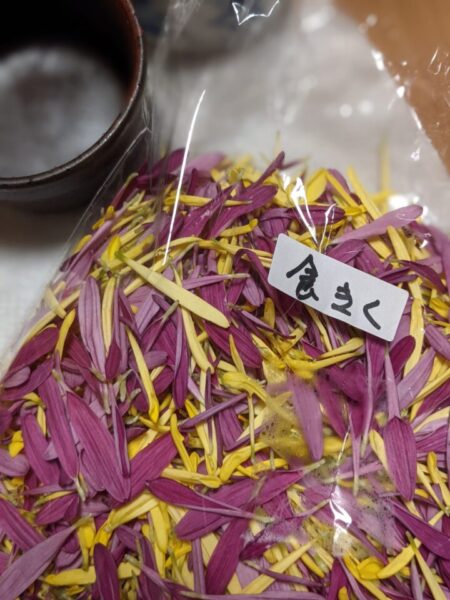
summary
Chrysanthemums, a beautiful food that is often eaten during the autumn season, are not only delicious but also good for beauty and health. We are grateful to our ancestors who thought of the flowers that represent autumn as edible!
The Okitama region of Yamagata Prefecture is an attractive place where the culture of eating delicious everyday ingredients such as hedges (silkie) and weeds (purslane) has been inherited. The idea of having chrysanthemums grown and blooming in your garden on your table is sure to double your appetite.




![[Yonezawa City, Yamagata Prefecture] Autumn festival season has arrived! Autumn harvest is delicious! (Trailer) PXL_20220905_062407420.PORTRAIT](https://jp.neft.asia/wp-content/uploads/2022/09/PXL_20220905_062407420.PORTRAIT-150x150.jpg)
!["Mogami safflower" certified as a Japanese heritage and Japanese agricultural heritage [Yamagata Prefecture] Mogami safflower](https://jp.neft.asia/wp-content/uploads/2022/12/30121446_m-1-150x150.jpg)

![[Tsuruoka City, Yamagata Prefecture] Tsuruoka's food culture has been passed down for hundreds of years 1470_Zenpoji Temple](https://jp.neft.asia/wp-content/uploads/2023/04/2d6b75e2500adfb8f7b8e6c68a2f7a03-150x150.jpg)
![[Yonezawa City, Yamagata Prefecture] Visit a hot spring connected to the Uesugi family of the Yonezawa Domain 1530_Onogawa Onsen Foot bath](https://jp.neft.asia/wp-content/uploads/2023/05/4ed5d5851f7d92ca3b0ebed3220d6418-150x150.jpg)
![[Yamagata Prefecture] Walking through Tokamachi and Nanokamachi in Yamagata City, where the scent of the Edo period remains Yamagata city from Kasumi Castle Central Observation Room](https://jp.neft.asia/wp-content/uploads/2023/09/26303875_m-150x150.jpg)
![[Yamagata Prefecture] 3 famous waters in Yamagata Prefecture! Yamagata Prefecture is home to blessed water created by snow, mountains, and forests. Yamagata Falls](https://jp.neft.asia/wp-content/uploads/2023/02/9b639100f52e30365f8499a2f4657724-150x150.jpg)
